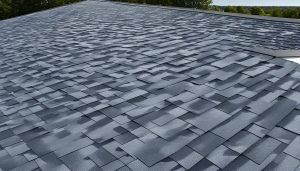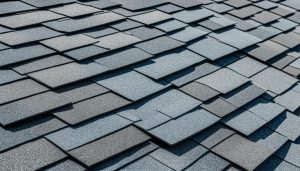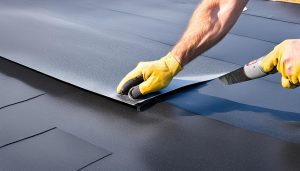Welcome to our guide on maintaining properties in high wind areas. Whether you live or own property in a hurricane-prone coastal region or a windy inland area, it is essential to prioritize maintenance to protect against potential damage caused by strong winds.
High winds can wreak havoc on structures, resulting in costly repairs and potential safety hazards. Therefore, understanding the impact of high winds and implementing proper maintenance measures is crucial for safeguarding your property and ensuring the well-being of its occupants.
In this article, we will explore the importance of maintenance in high wind areas and provide you with essential tips and strategies to help you protect your property. From understanding the potential risks to implementing practical maintenance techniques, we’ve got you covered.
So, if you’re ready to learn how to maintain your property in high wind areas, let’s dive in!
Understanding the Impact of High Winds
In areas prone to high winds, understanding the potential risks and effects is crucial for effective maintenance and protection. High winds can cause significant damage to the exterior of buildings, including roofs, windows, and siding. By being aware of these risks, individuals can take proactive steps to mitigate their impact and safeguard their property.
When it comes to buildings, the roof is particularly susceptible to wind damage. Strong gusts can lift roofing materials, leading to leaks, structural damage, and potential collapse. Windows and doors can also be vulnerable, with high winds exerting pressure that can weaken or break them. Siding and other external cladding may experience severe wear and tear, compromising the overall integrity of the structure.
To illustrate the impact of high winds, consider the following effects:
- Roof Damage: Shingles or tiles can be torn off, leading to leaks and water intrusion. In severe cases, the entire roof can be lifted or damaged, requiring costly repairs or replacement.
- Window and Door Damage: High wind speeds can cause windows and doors to crack, shatter, or be ripped from their frames. This compromises the security of the building and exposes it to further damage from rain, debris, and intruders.
- Siding Damage: Vinyl, wood, or metal siding can be dented, loosened, or torn off by powerful winds. This not only affects the aesthetic appeal of the building but also reduces its ability to resist the elements.
- Structural Integrity: Constant exposure to high winds can weaken the overall structural integrity of a building, leading to long-term damage. This can result in walls or ceilings becoming compromised, posing risks to occupants.
Effectively maintaining and protecting a property in high wind areas requires proactive measures. From regular inspections to implementing robust construction practices, there are several strategies that can be employed to mitigate the impact of high winds and reduce potential damage.
To gain further insights into effective maintenance and protection strategies for high wind areas, continue reading Section 3 of this article.

Essential Maintenance Tips for High Wind Areas
Living in high wind areas requires proactive steps to protect your property from potential damage. By following these essential maintenance tips, you can ensure the structural stability of your home or business and minimize the risk of property damage and personal injury.
One of the crucial areas to focus on is the roofing system. Regularly inspect your roof for loose or damaged shingles and make necessary repairs promptly. Reinforce the roof’s integrity by installing hurricane straps or clips to secure it to the framing. Additionally, consider trimming trees near your property to reduce the chances of branches damaging the roof during strong winds.
Outdoor structures, such as sheds, fences, and gazebos, are also vulnerable to high winds. Anchor them securely to the ground using heavy-duty hardware or concrete foundations. Regularly inspect and reinforce these structures to ensure they can withstand strong gusts. In addition, store or secure any loose outdoor items, such as patio furniture or potted plants, to prevent them from becoming projectiles during a storm.
Another essential maintenance tip is to minimize debris around your property. Trim overhanging branches and remove dead trees or limbs that could potentially fall and cause damage during high winds. Keep gutters and downspouts clear of leaves and debris to ensure proper drainage and prevent water damage from occurring.




